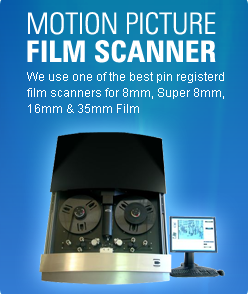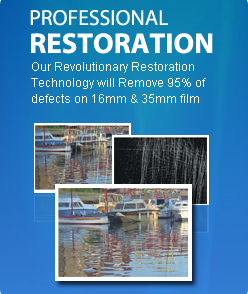
The first table shows how the same film looks using our 4 different processes. You can see that the difference can be significant for our Austin customers.
The second table presents a case for scanning 8mm and Super 8 film at 2K resolution. In the past year we have done 20 comparisons. Contrary to popular belief, we do see a noticeable difference in quality between our Pro HD and Pro 2K process on 8mm and Super 8 film.
8mm And Super 8 Film Austin |
|
SD Scan
|
|
Pro HD Scan
|
|
Pro 2K Scan
|
|
Pro 4K Scan
|
|
Film Resolution |
|
Resolution of Film |
|
Film Grain
|
|
Film Grain vs Digital Pixel
|
|
So, for example, if you are looking for the best quality DVD, scan your 8mm or Super 8 at HD. If you are looking to go to BluRay then scan your 8mm or Super 8 at 2K.
Austin Fun Facts: Austin-San Marcos is ranked as the 40th "Most Fun U.S. City" in a survey conducted in 2003 by Cranium Inc. Factors taken into account in the ranking include: the number of sports teams, restaurants, dance performances, toy stores, the amount of a city's budget that is spent on recreation, and other factors. Austin is also a past winner of the coveted "All-America City Award" from the National Civic League.
Texas Fun Facts: After several smaller insurrections, the Texas Revolution broke out, and the state became an independent nation in 1835. However, the newly formed Texas Republic was unable to defend itself from further incursions by Mexican troops, and eventually negotiated with the U.S. to join the union in 1845. Spanish missionaries were the first European settlers in Texas, founding San Antonio in 1718.











